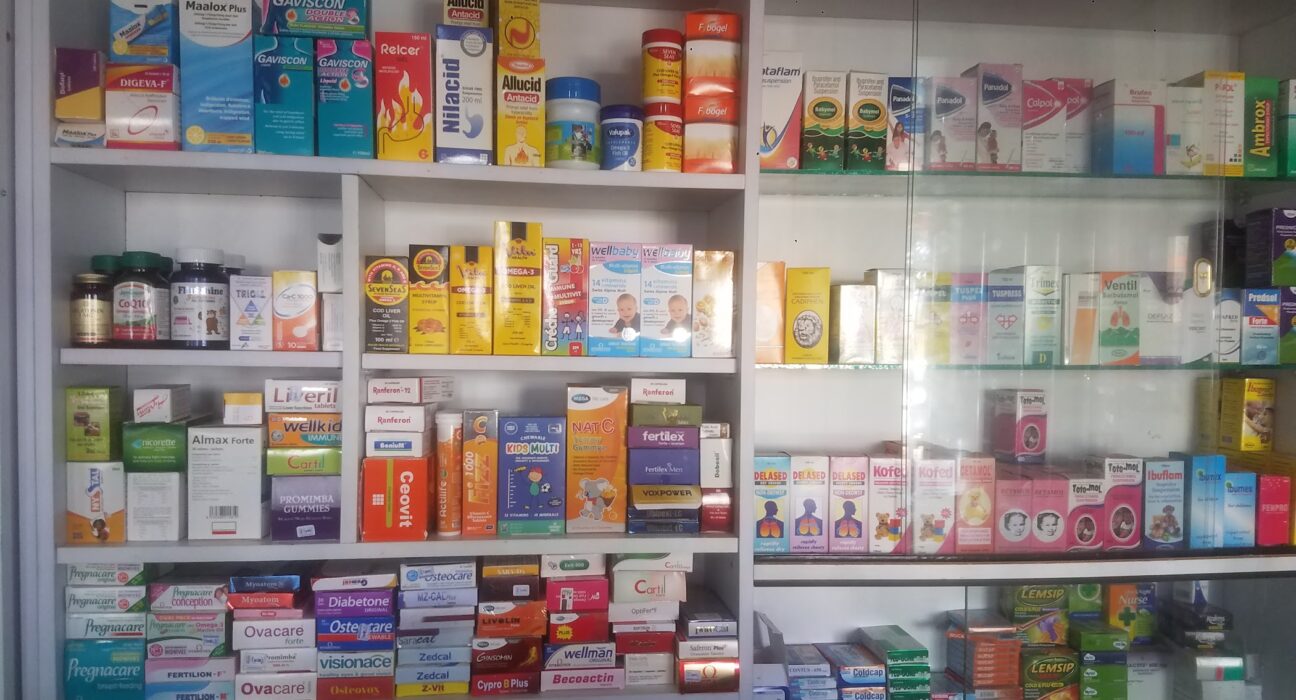The pharmaceutical industry in Kenya presents significant opportunities for entrepreneurs, especially in the distribution sector. With a growing demand for healthcare services and an expanding population, the need for efficient distribution of pharmaceutical products is more critical than ever. Starting a pharmaceutical distribution business in Kenya can be a profitable venture, but it requires careful planning, adherence to regulatory requirements, and a solid understanding of the market. This article provides a detailed guide on how to start a pharmaceutical distribution business in Kenya.
Understanding the Pharmaceutical Distribution Landscape
Before venturing into the pharmaceutical distribution business, it’s essential to understand the landscape of the industry. The pharmaceutical sector in Kenya is regulated by the Pharmacy and Poisons Board (PPB), which oversees the registration, licensing, and regulation of pharmaceutical products and professionals. The distribution chain typically involves manufacturers, importers, wholesalers, and retailers. As a distributor, you will serve as a critical link between manufacturers and healthcare providers, ensuring that medicines and other pharmaceutical products are available where they are needed most.
Conducting Market Research
Market research is a crucial first step in establishing a successful pharmaceutical distribution business. You need to identify the demand for various pharmaceutical products, the competitive landscape, and potential suppliers. Understanding the needs of hospitals, clinics, pharmacies, and other healthcare providers in your target market will help you decide which products to distribute. Additionally, research potential competitors to identify gaps in the market that you can fill. This research will form the basis of your business plan and help you make informed decisions as you move forward.
Creating a Business Plan
A well-structured business plan is essential for guiding your pharmaceutical distribution business. Your business plan should include an executive summary, market analysis, organizational structure, product offerings, marketing and sales strategies, and financial projections. This plan will not only serve as a roadmap for your business but also help you secure financing if needed. Ensure that your business plan outlines the steps you will take to comply with regulatory requirements and how you intend to manage logistics and distribution operations.
Meeting Regulatory Requirements
Starting a pharmaceutical distribution business in Kenya involves complying with various regulatory requirements set by the Pharmacy and Poisons Board (PPB). First, you must obtain a wholesale dealer’s license, which permits you to distribute pharmaceutical products. This license requires you to have a registered premises that meet specific standards, including proper storage facilities and security measures. You must also employ a registered pharmacist to oversee the handling and distribution of pharmaceutical products. Additionally, all pharmaceutical products you distribute must be registered with the PPB.
Securing Financing
Starting a pharmaceutical distribution business can be capital-intensive, requiring investment in inventory, storage facilities, transportation, and staff. Depending on the scale of your business, you may need to secure financing from banks, investors, or other financial institutions. Your business plan will be crucial in convincing potential financiers of the viability of your business. Consider exploring various financing options, including loans, equity financing, or even partnerships with existing players in the industry.
Establishing Supplier Relationships
Strong relationships with pharmaceutical manufacturers and suppliers are vital to the success of your distribution business. You need to establish agreements with reputable suppliers who can provide you with high-quality products at competitive prices. This may involve negotiating terms of trade, such as payment terms, delivery schedules, and volume discounts. Building trust with your suppliers is essential for ensuring a consistent supply of products and avoiding stockouts.
Setting Up Distribution Channels
Efficient distribution channels are the backbone of a successful pharmaceutical distribution business. You need to develop a logistics strategy that ensures timely delivery of products to your clients, whether they are hospitals, pharmacies, or clinics. This may involve investing in transportation, warehousing, and inventory management systems. Additionally, consider adopting technology solutions such as inventory management software to track stock levels, manage orders, and reduce wastage. Your distribution channels should be scalable to accommodate future growth as your business expands.
Marketing and Sales Strategies
Effective marketing and sales strategies are essential for attracting and retaining clients in the competitive pharmaceutical industry. Your marketing plan should include strategies for reaching potential clients, such as hospitals, clinics, and pharmacies. This may involve direct sales efforts, attending industry conferences, and building a strong online presence. Offering excellent customer service, competitive pricing, and reliable delivery will help you build long-term relationships with your clients. Additionally, consider offering value-added services, such as training for healthcare providers on new products or industry trends.
Managing Compliance and Quality Control
Compliance with regulatory standards and maintaining high levels of quality control are critical in the pharmaceutical distribution business. This involves ensuring that all products are stored, handled, and transported under the appropriate conditions to maintain their efficacy. Regular audits and inspections by the Pharmacy and Poisons Board may be conducted to ensure compliance. Implementing a robust quality management system will help you monitor and maintain the quality of your products and operations, reducing the risk of regulatory issues and product recalls.
Scaling Your Business
Once your pharmaceutical distribution business is established, the next step is to scale it to increase revenue and market share. This may involve expanding your product range, entering new markets, or investing in additional infrastructure. Consider forming strategic partnerships with other businesses in the healthcare sector, such as hospitals or pharmaceutical manufacturers, to leverage their resources and networks. Continuous market research and adaptation to industry trends will help you identify new opportunities for growth.
Conclusion
Starting a pharmaceutical distribution business in Kenya is a challenging but rewarding venture. By understanding the market, complying with regulatory requirements, securing the necessary financing, and building strong relationships with suppliers and clients, you can establish a successful business that plays a vital role in the healthcare sector. As you grow, maintaining a focus on quality, compliance, and customer satisfaction will be key to sustaining long-term success in this dynamic industry.





